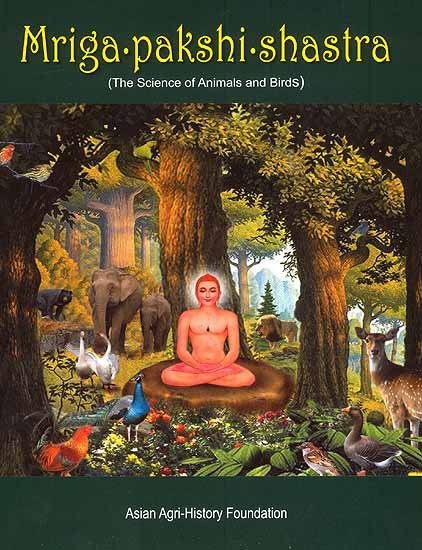Animal Kingdom (Tiryak) in Epics
by Saranya P.S | 2019 | 51,616 words | ISBN-10: 8190396315 | ISBN-13: 9788190396318
An English study the Animal Kingdom (Tiryak) in Epics.—The present thesis is based entirely on Ramayana and Mahabharata although an attempt is made to analytically compare the Animal kingdom with Mriga-pakshi-shastra—‘The ancient Indian science of of Animals and Birds’....
Chapter 1.3 - Myths and their meanings
“Myth” is a collective term denoting a symbolic narrative in religion. More elaborately, it is defined as a traditional or legendary story, usually concerning some being or hero or event with or without a determinable basis of fact or a natural explanation, especially one that is concerned with deities or demigods, and explains some practice, rite or phenomenon of nature.
There are a number of general conceptual Rama works involved in definitions of myth, including these:
1) Myths are Cosmogonic Narratives, connected with the Foundation or Origin of the Universe, though often specifically in terms of a particular culture or region. Given the connection to origins, the setting is typically primordial and characters are proto-human or deific. Myths also often have cosmogonic overtones even when not fully cosmogonic, for instance dealing with origins of important elements of the culture like food, medicine, ceremonies, etc.
2) Myths are Narratives of a Sacred Nature, often connected with some Ritual. Myths are often foundational or key narratives associated with religions. These narratives are believed to be true from within the associated faith system, though sometimes that truth is understood to be metaphorical rather than literal. Within any given culture there may be sacred and secular myths co-existing.
3) Myths are Narratives, Formative or Reflective, of Social Order or Values within a Culture.
4) Myths are Narratives representative of a particular epistemology or way of understanding Nature and organizing thought.
5) Mythic Narratives often Involve Heroic Characters, possibly proto-humans, super humans, or gods who mediate inherent, troubling dualities, reconcile us to our realities, or establish the patterns for life as we know it.
6) Myths are Narratives that are "counter-factual” in featuring actors and actions that confound the conventions of routine experience. They are most often specific accounts of gods or super human beings involved.
Myths are taken from ancient times and from societies which are quite different from what we see today. For the modern man it is quite difficult to visualize the myths as they happened very long ago when things and societies were quite different. The word mythology is made up of two words “mythos” and “logos”. The word ‘myth’ is derived from the Greek Word ‘mythos’ which means ‘story’, ‘legend’, ‘tale’ or ‘fiction’. ‘Logos’, also from Greek, means variously as "ground", "plea", "opinion", "expectation", "word", "speech", "account", "reason", "proportion", and "discourse”. Thus mythology can be defined as an account of a story. Some scholars tell us that we must distinguish between myths and stories because they say stories are simply untrue, imaginary things whereas myths have some religious implications. Mythology also denotes the study of myths which belong to a particular tradition or religion.
Mythology in modern parlance means a system of hereditary stories which are believed to be true by a group of people who are followers of a particular religion. Using mythology, these believers try to explain why the world is as it is and why things happen as they do. They also provide a rationale for various social customs, rituals, ceremonies which often contain supernatural elements. In the legends, the protagonist is a person rather than a supernatural being. On the other hand, myths are part of a systematic mythology, rich with ritualistic and philosophical dimensions.
